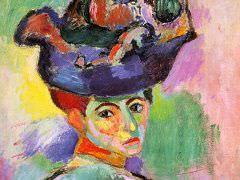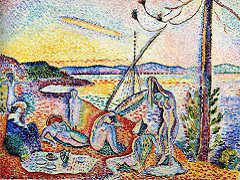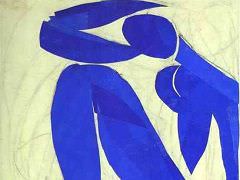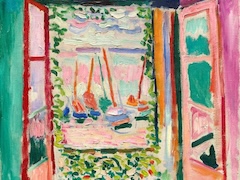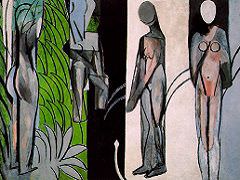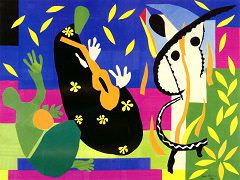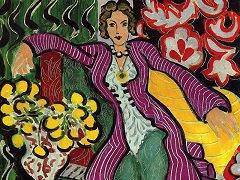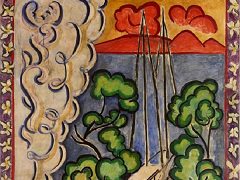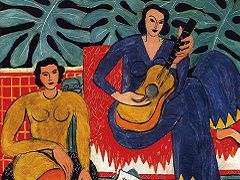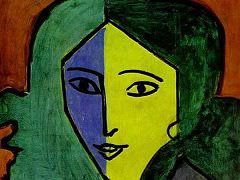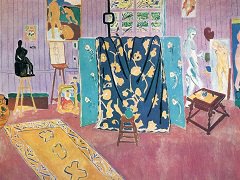Joy of Life (Bonheur de Vivre), 1905 by Henri Matisse
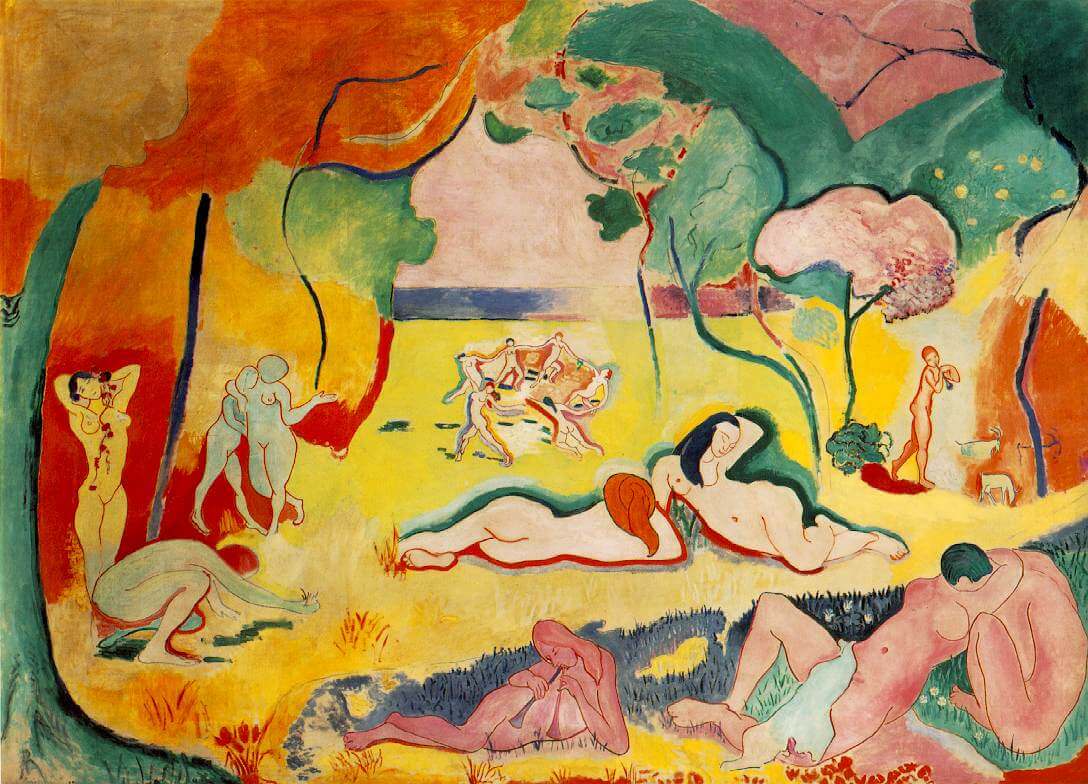
During his Fauve years Matisse often painted landscapes in the south of France during the summer and worked up ideas developed there into larger compositions upon his return to Paris. Joy of Live, the second of his
important imaginary compositions, is typical of these. He used a landscape he had painted in Collioure to provide the setting for the idyll, but it is also influenced by ideas drawn from Watteau, Poussin, Japanese woodcuts,
Persian miniatures, and 19th century Orientalist images of harems. The scene is made up of independent motifs arranged to form a complete composition. The massive painting and its shocking colors received mixed reviews at the
Salon des Independants. Critics noted its new style - broad fields of color and linear figures, a clear rejection of Paul Signac's celebrated Pointillism.
Joy of Life is a large-scale painting (nearly 6 feet in height, 8 feet in width), depicting an Arcadian landscape filled with brilliantly colored forest, meadow, sea, and sky and populated by nude figures both at rest and
in motion. As with the earlier Fauve canvases, color is responsive only to emotional expression and the formal needs of the canvas, not the realities of nature. The references are many, but in form and date, Bonheur de Vivre
is closest to Cezanne's last great image of bathers.
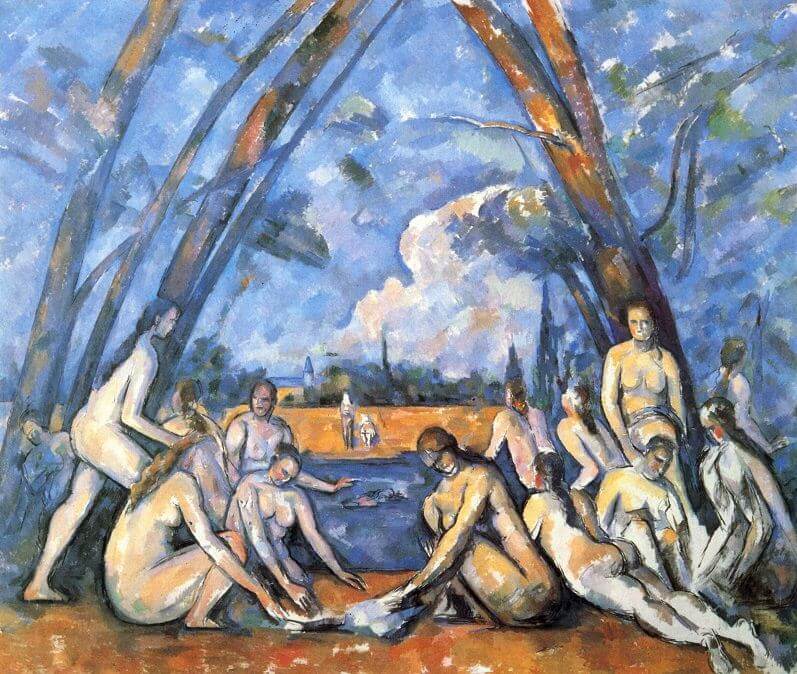
Like Paul Cezanne, Matisse constructs the landscape so that it functions as a stage. In both works trees are planted at the sides and in the far distance, and their upper boughs are
spread apart like curtains, highlighting the figures lounging beneath. And like Cezanne, Matisse unifies the figures and the landscape. Cezanne does this by stiffening and tilting his
trunk-like figures. In Matisse's work, the serpentine arabesques that define the contours of the women are heavily emphasized, and then reiterated in the curvilinear lines of the trees.
The painting was purchased by a wealthy expatriate American writer-poet named Gertrude Stein and her brother, Leo Stein, who shared a home filled with modern art at 27 Rue de Fleurus, in Paris. This was also the location for
Gertrude Stein's weekly salon. Here, Matisse, Apollinaire, the young and largely unknown Picasso and other members of the avant-garde came together to exchange ideas.

Stein was able to attract such a crowd not only because of her literary skills but because she often provided financial support to these nearly destitute artists. In fact, the Steins bought Matisse's Bonheur de Vivre soon after its completion and hung it in their dining room for all to see. One person who saw it there was Picasso. By all accounts the painting's fame was too much for the terribly competitive young Spaniard. He determined to out-do Matisse, and he did with his 1907 canvas, Demoiselles d'Avignon (MoMA).


